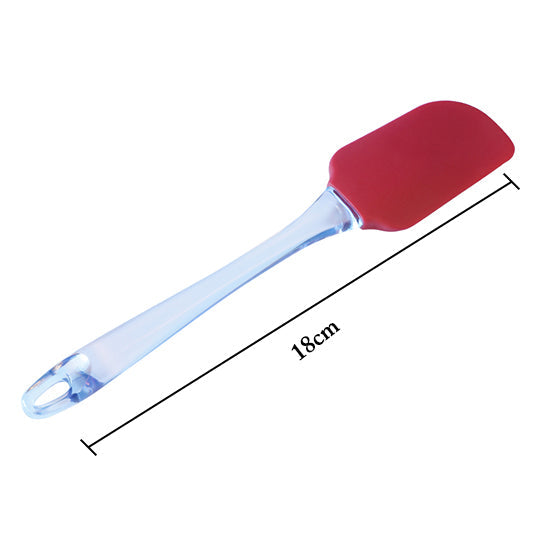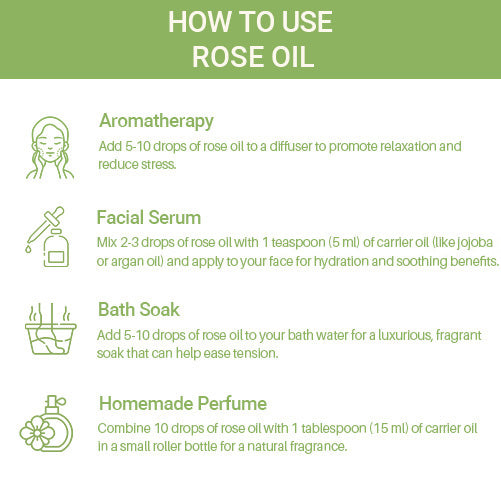Soap Making Colors | Soap Colourants | Soap Colorants - Natural Colour for Soap Making
VedaOils is the leading supplier of soap making colors in the USA market. Our soap colors or soap dye powders can be used for making soaps, detergent soaps, liquid soaps, and many other types of bathcare and body care products. They not only add appealing colors to your soaps but also improve their finish. Therefore, they are quite popular among soap making professionals and hobbyists.
We only use natural colors to make these soap colors. So, they are skin-friendly and do not cause any irritation, redness, or other skin issues after use. We offer them in various hues so that you can manufacture soaps with different colors and finishes. Choose bright and stylish colors for your soaps that also add a beautiful glow or finish. Choose the colors that appeal to you the most and explore your creative side to the fullest with our organic soap making colors.
Shop Popular Variants of Soap Color Powder
We offer a wide range of soap making colors that include these variants:
- Bright Shades: Choose from the bright shades of yellow, orange, violet, and red to add a stunning color to your soaps.
- Pastel Shades: We also offer pastel shades of pink, crimson, brown, and burgundy that help you add unique colors to your soaps.
- Deep Shades: Deep shades of red, brown, black, green, and blue are also available in our collection.
Our large collection of soap colors enables our customers to manufacture different types of soaps, detergent bars, shower gels, body scrubs, sugar and salt scrubs, and many other products. As they are pure and natural, they can also utilised for DIY soap making projects. You may also incorporate them in your cosmetic and skincare applications.
Choose VedaOils for Soap Making Colors
VedaOils leads the space of soap making colors in many countries. Our ability to offer high-quality and effective soap shades sets us apart from our competitors. As these are deep and concentrated colors, a little bit of color is enough for a batch of soaps. Each of these colors go through several checks before offering them to our customers. So, they are completely safe and recommended for use in soaps, cosmetics, and skincare products.
The deep pigments used in these soap colors do not fade easily. This helps to retain the charm and color of your DIY soaps. They are ideal for the DIY soap making projects that you undertake to make soaps for your friends, relatives, and loved ones. Their appealing natural colors are eye pleasing and add a distinct glow and finish to your DIY products. Get them in bulk quantities to get attractive deals and discounted rates on every purchase now!
Shop Natural Soap Colorants on VedaOils at Wholesale Prices
VedaOils takes pride in offering the best-quality soap colors in the USA. Our cost-effective and natural soap colors are sold all over the world and are known to offer deep colors and lasting effects when used in soaps and other DIY products.
You can now order them in different packaging sizes from 3.2 oz to 55 lbs, depending upon your requirements. Our bulk manufacturing ability enables us to provide these soap colorants at wholesale prices. Contact us today and take your soap making skills to the next level with these tempting and stylish colors.





































